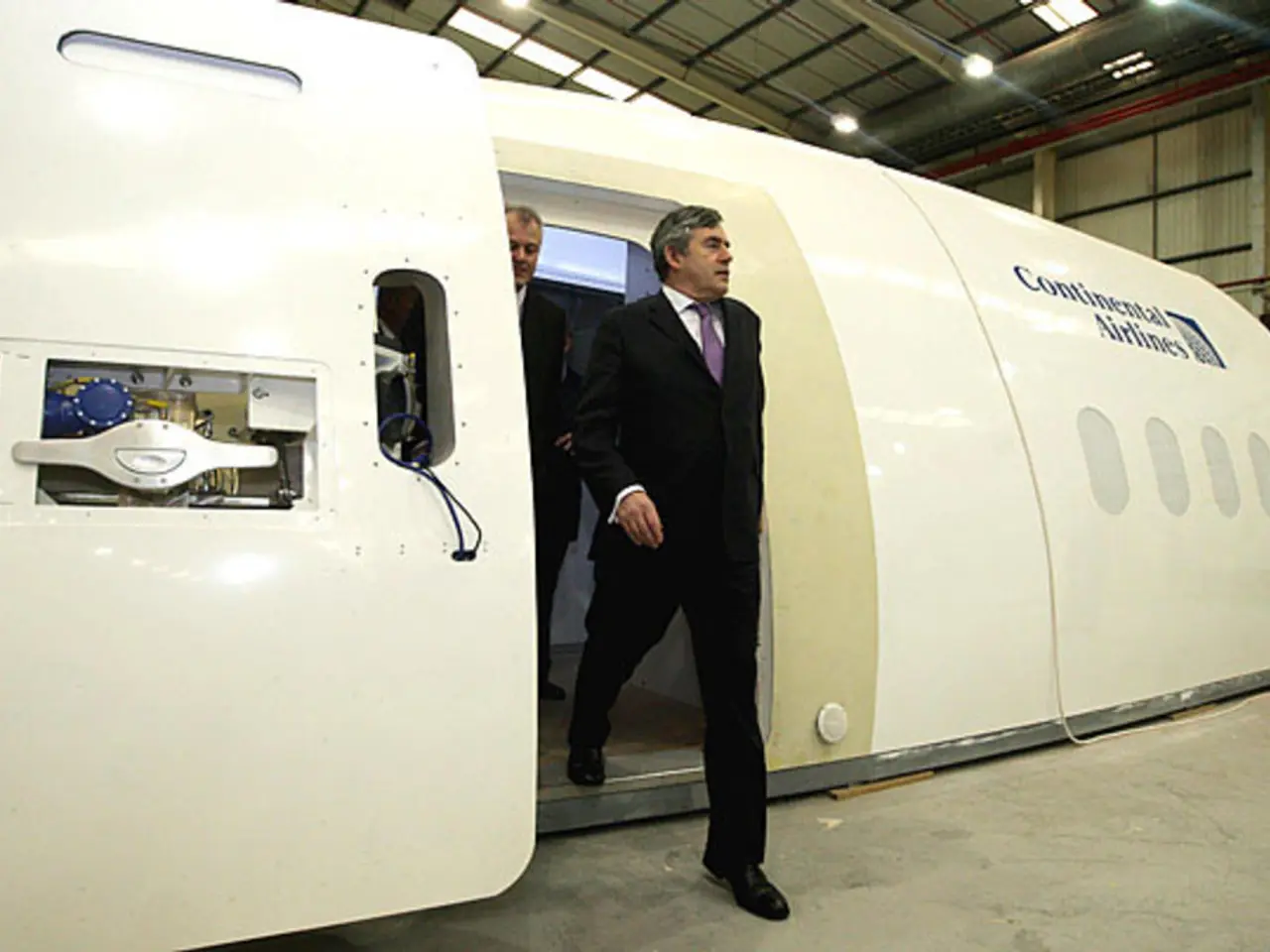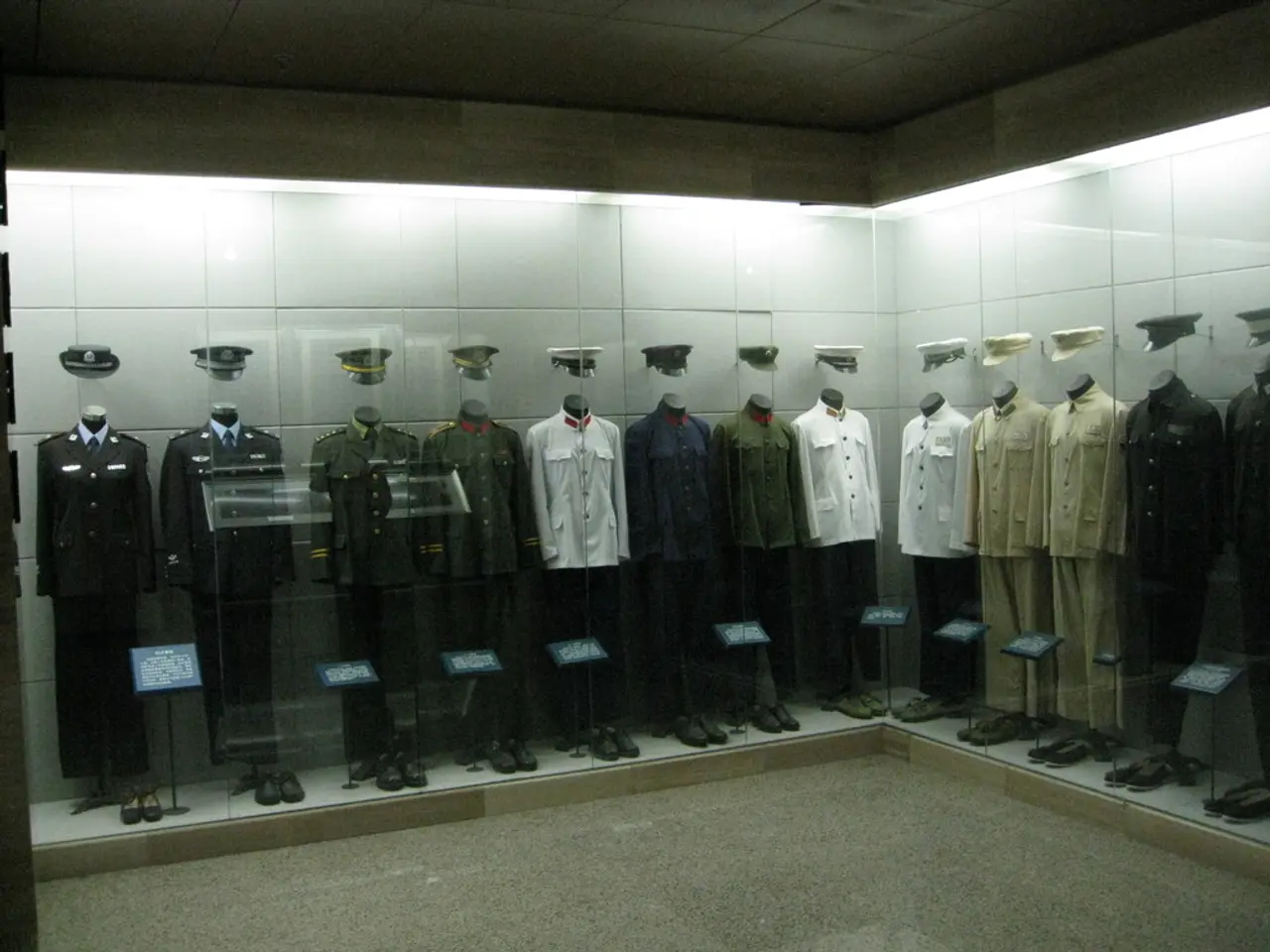Explore the visual realm of a defunct airline in this captivating account detailing its corporate branding history
In the realm of mid-20th century design, a forgotten gem has been brought to light once more. The "red square" identity of British European Airways (BEA), a national carrier in the UK that existed from 1946 to 1974, has been meticulously chronicled in a new monograph titled Red Square: BEA's Iconic 1960s Design.
Written by designer and writer Phillip Pennington, the monograph delves into the world of advertising, aircraft livery, luggage tags, office furniture, and architectural designs that characterised BEA's unique identity. The book, which features a foreword by Peter Saville, is now available for purchase at themodernist.org.
The story of the "red square" identity begins in the 1950s, when Mary de Saulles, a talented designer, worked on this major project. However, after BEA became part of the BA monolith, the "red square" identity was largely forgotten.
Fast forward to April 2011, when Phillip Pennington made the decision to write a book about Mary de Saulles' work on the "red square" identity for BEA. His research led him to discover who was responsible for the design, and he was able to contact the British Airways Heritage centre for more information.
In his quest for knowledge, Phillip Pennington also met Mary de Saulles' son, Stephen de Saulles, a photographer and an interior/architectural designer. Stephen photographed the "manual of design", the "standards portfolio" and a brochure designed by BEA's then Swiss design company, providing invaluable resources for Phillip's research.
The interview with Mary de Saulles was conducted at her home and studio in Shrewsbury, offering a unique insight into the mind of the woman behind the "red square" identity.
The book, published by the modernist, reveals the "red square" identity in reproduced pages from the 1959 Standards Manual. The design, complete with bold modernist typography, showcases the innovative spirit of the time.
Phillip Pennington spent over 14 years collecting and chronicling the "red square" identity work, and his dedication is evident in the comprehensive nature of the book.
Interestingly, the architectural designs for BEA's Manchester office were the work of Warren Chalk and Ron Herron, co-founders of Archigram. The office, with its modernist design, was a fitting backdrop for the "red square" identity.
The publication of Red Square: BEA's Iconic 1960s Design by the modernist not only sheds light on a forgotten chapter of design history but also serves as a testament to the enduring appeal of bold, modernist design.
For those interested in learning more about this fascinating story, the book can be purchased at themodernist.org, with all enquiries directed to *@themodernist.
The forgotten "red square" identity of British European Airways (BEA) extended beyond aircraft livery to encompass various aspects of the industry, including finance, as evidenced by the design of their brochures and office furniture. In the realm of transportation, partnerships were formed with Swiss design companies to further enhance the aviation aspect of BEA's identity.






